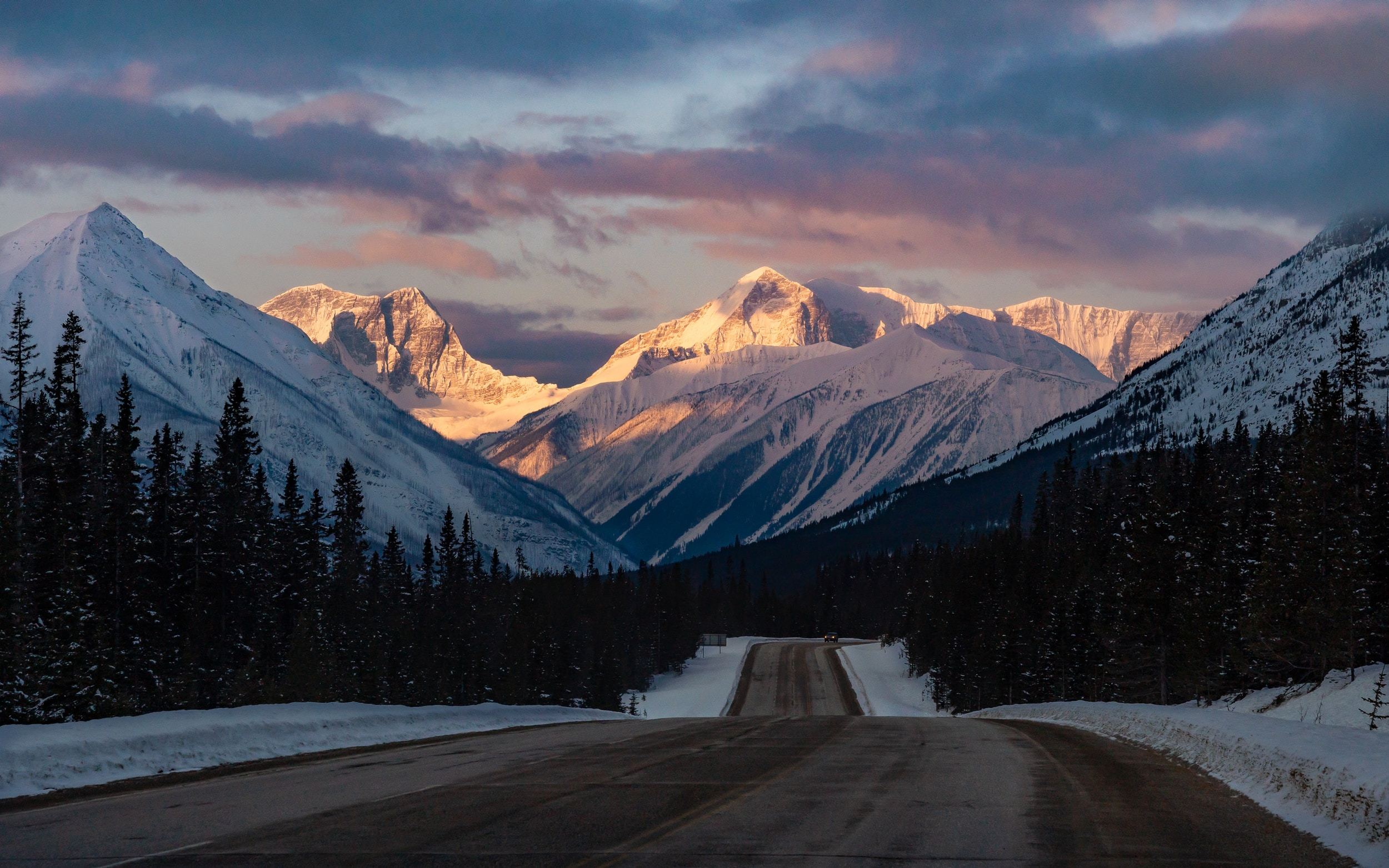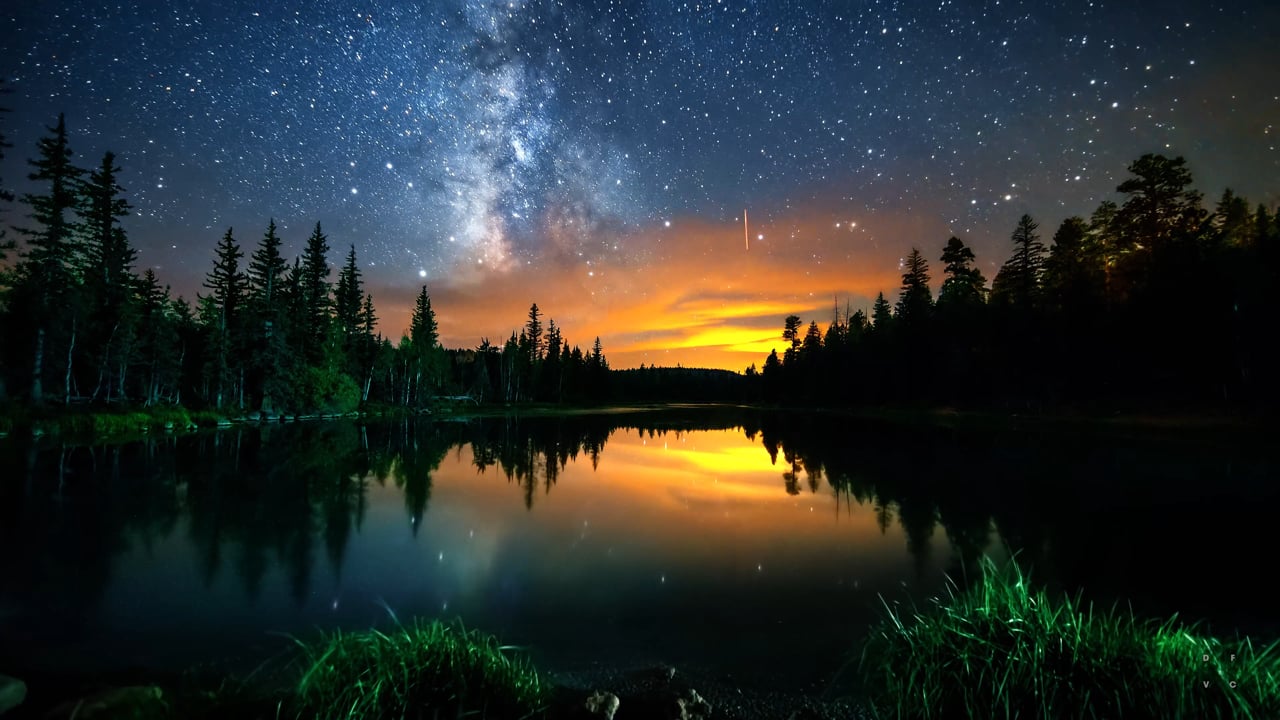CONDITIONS CONSIDER WHILE PHOTOGRAPHY
Buying a camera can involve a considerable outlay of money. This can make for a slightly nerve-wracking experience the first time you take the camera out of the house. Ultimately, however, a camera should be used as often as possible. It’s difficult to get to grips with a camera unless you spend time making use of it. As long you take certain precautions, there’s no reason a camera should come to any harm when you’re out shooting.

When you’re out taking photographs, don’t be afraid to shoot more than you instinctively would; you can always edit out the unsuccessful shots later when you get home.
...........................................................................................................................
WEATHER CONDITIONS

Cameras are generally reasonably rugged devices, but they do have their limitations. Certain weather conditions require extra care.
◾ Extreme heat can warp camera components. Keep your camera in the shade when it’s not in use.
◾ In dry conditions, keep lens changes to a minimum to prevent dust from coating the camera’s sensor.
◾ Temperatures close to and below freezing drain battery power. Keep a spare battery or two warm inside your jacket to swap when necessary.
◾ Cold fingers make a camera harder to operate. Use gloves or fingerless mittens.
◾ If moving from a hot, humid location to a cooler one, check for condensation forming on the lens.
◾ Use a dry cloth to wipe away condensation as soon as it occurs. Keep the camera in a warm, well-ventilated place to dry it out still further.
◾ Cameras are often advertised as weatherproof, but in the rain the lens mount may let water in.
◾ Shelter your camera using a waterproof cover or umbrella. Check the front of the lens, too; you may not notice rain spots in your shots until you’re home.
...........................................................................................................................
WILDLIFE

Pets and domestic animals are easier to photograph than wild animals, which are more wary of people. Studying an animal’s behavior helps you predict what it will do. Spend time observing and waiting for the right moment and you will be rewarded.
◾ Keep a low profile when shooting wild animals. Wear drab clothing and shelter behind cover whenever possible.
◾ The animal’s welfare is far more important than any photo.
◾ Don’t cause any unnecessary distress to the animal. Don’t disturb nests or dens.
◾ Be aware of your own safety—a frightened animal may hurt you if you’re blocking its escape route or getting too close to its young.
...........................................................................................................................
LANDSCAPES

Shooting landscapes invariably means being outdoors in the country. This brings its own challenges. Before you set off on a photography expedition, let someone know where you’re going and what time you plan to return.
◾ Check the weather before you leave and dress appropriately.
◾ Take food and water with you, particularly if you plan to be out for a full day.
◾ Don’t take unnecessary risks when shooting; it’s all too easy to lose your footing.
◾ If you plan to shoot on private land, be sure to ask permission first.
◾ Finally, be conservation-minded and cause as little disruption or damage as possible to the environment.
...........................................................................................................................
PORTRAIT

It’s always easier to shoot photos of people who know and trust you. Many people dislike having their photo taken: don’t cajole, gently persuade. Ultimately, you need to respect your intended subject’s feelings; don’t press the matter if they really don’t want to have their photo taken.
◾ Always ask permission before you photograph children. This is a sensitive issue. Don’t shoot candid shots of children you don’t know, as this may look suspicious.
◾ Be friendly and engage with your subject, making the session a more personal affair. Good humor goes a long way toward achieving some of the best results.
◾ Do not shoot in areas where taking photographs would be culturally insensitive.
◾ The use of a few local words—such as “please” and “thank you”—will go a long way when seeking permission to shoot portraits of strangers in a foreign country. However, be aware of boundaries.
◾ Review each shot to check your subject’s facial expression. Show them your shots, too, to get their opinion; portraiture is not a one-way process